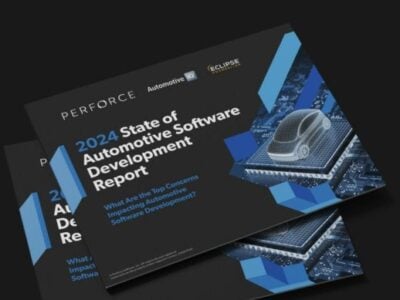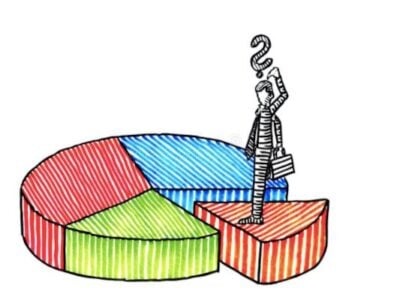
Elpida bankruptcy brings unusual stability to DRAM pricing, says an IHS iSuppli
DRAM pricing appears to have flattened since the announcement by Elpida that it owed billions of dollars in debt, even though the Japanese maker had been the third-largest DRAM supplier in terms of sales even as late as the first quarter this year.
In the 12 week period after Elpida’s February 27 announcement, the IHS iSuppli DRAM Price Index—a weighted average of DRAM spot price—stayed within a narrow band, hovering between 235 at the start of the post-announcement period and 243 on May 21. With a starting value of 1,000 at the time it was first published in 2002, the Index gives a measure of how much DRAM prices are dropping.
In comparison to the time above, the spread in the DRAM Index was much larger in a similar 12-week span prior to bankruptcy, ranging from 180 at the beginning of the pre-announcement phase up to 216 at the close of the same period, or a difference of 37 points.
Another measure of DRAM pricing changes, the IHS iSuppli Momentum Indicator, has also stayed at the 50 percent level since the announcement, an indication of neutrality with no upward or downward momentum.
The table below shows both the DRAM price index and Momentum Indicator taken in various times between and after the Elpida event—on December 5, at the beginning of the 12-week period before the announcement; on February 20, one week before the actual bankruptcy notice; on March 5, at the beginning of the period after the announcement; and on May 21, the end of the 12-week period after the bankruptcy filing.

“With things still very much up in the air on how events will unfold, industry participants seem to be waiting for some indication of what the resulting industry structure will be like after an Elpida takeover is finalized,” said Dee Nguyen, memory analyst at IHS. “As a result, the current pricing environment appears to reflect this mood with the DRAM market eerily quiet, accompanied by visibly less pricing volatility atypical of the industry. Clearly then, a direct correlation exists between decreased DRAM pricing volatility and Elpida’s announcement given that the current period of flat DRAM pricing occurred right after the bankruptcy notice.
The big question also remains whether normal volatility will return once some clarity emerges on the future of Elpida”
In yet another indication that the DRAM market is behaving in uncharacteristically quiet fashion, the same trend of decreased pricing volatility is true for 2-gigabyte Double Data Rate 3 (DDR3)—currently the mainstream, highest-volume DRAM chip on the market. Just one week before the Elpida notice, pricing for 2-gigabyte DDR 3 fluctuated by a steep 17 percent from the earlier week. In comparison, weekly pricing on the 12th week after the Elpida bankruptcy showed that 2-gigabyte DDR3 changed by a negligible 0.7 percent.
What is happening is that a storm of speculation has risen on the question of who will ultimately take ownership of Elpida, and what implications there will be for the DRAM industry when that happens. While U.S. memory maker Micron Technology Inc. has won the exclusive right to bid for Elpida, the deal still holds considerable interest for other parties such as SK Hynix Semiconductor of South Korea and California-based GlobalFoundries Inc.
Visit IHS at www.ihs.com
 If you enjoyed this article, you will like the following ones: don't miss them by subscribing to :
eeNews on Google News
If you enjoyed this article, you will like the following ones: don't miss them by subscribing to :
eeNews on Google News



